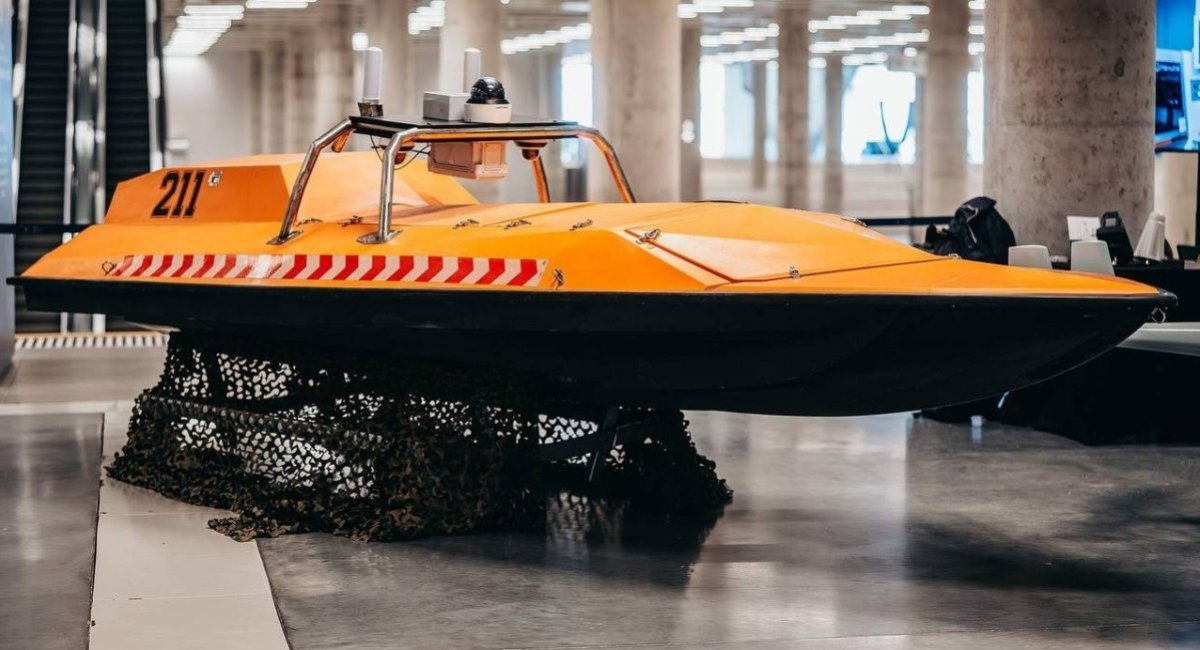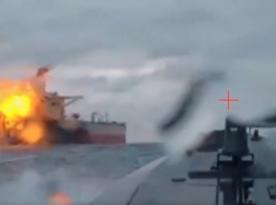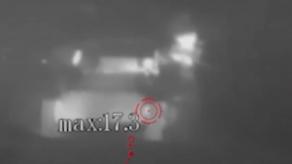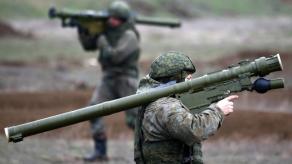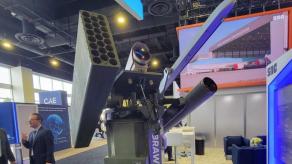Earlier, Defense Express pointed out that the threat posed by the accelerated development of the Katran naval drone named from russia's Center for Unmanned Systems and Technologies (RCUST). This product, designed to deploy FPV drones like the Skvorets-VMF, may become an effective counter to Ukrainian Magura uncrewed boats terrorizing russian warships and aviation in the Black Sea.
The Katran project, which remained in relative obscurity until now, deserves a more detailed analysis, as it appears to be trying to directly replicate the concept and even the name of Ukraine's own Katran VENOM unmanned naval systems.
Read more: russian Katran USV is a Big Threat to Ukraine's Magura Sea Drones
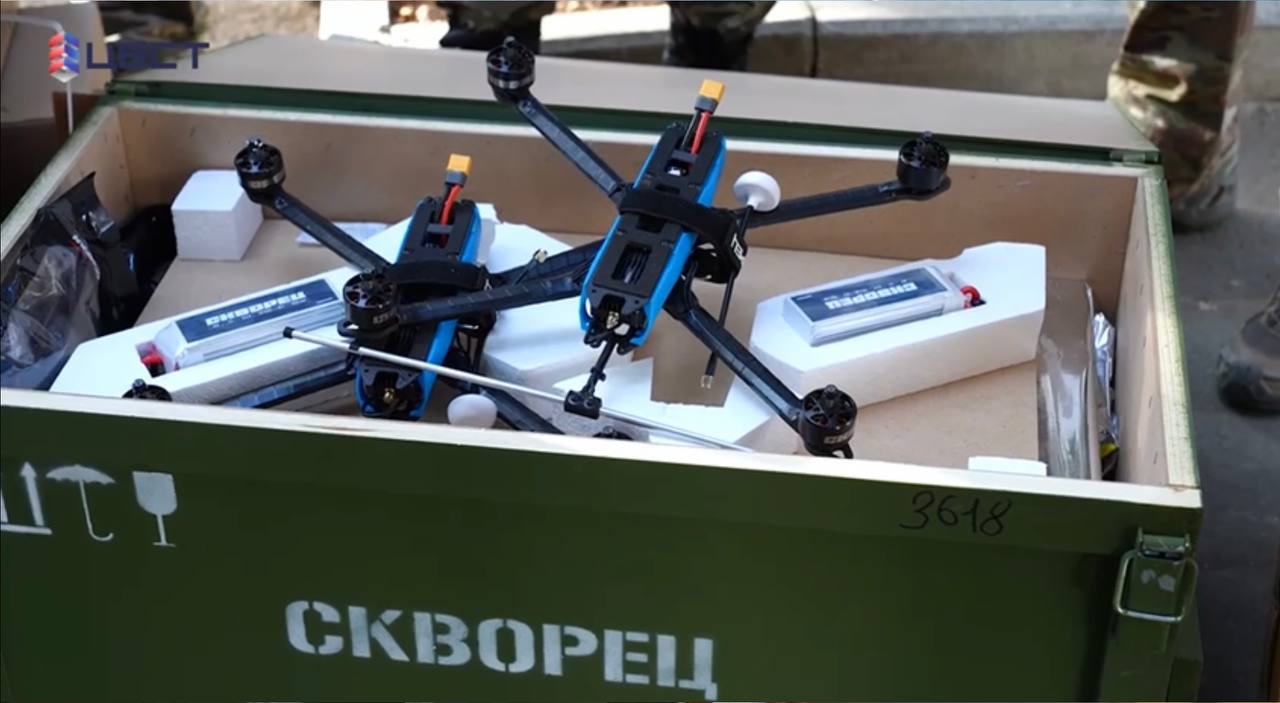
The russian Katran is intended to serve as a carrier for FPV drones, potentially targeting Ukrainian coastal areas. Skvorets-VMF drones reportedly have a range of 5–10 km, speeds up to 150 km/h, and a 1.5 kg warhead. These drones are built on 10-inch frames and are controlled via radio channels. Notably, the drones can recharge their batteries while aboard the Katran vessel.
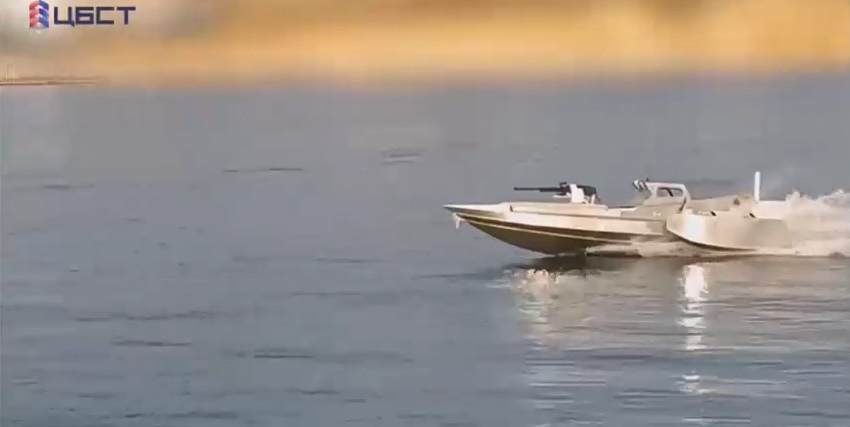
Currently, several prototypes of the russian Katran exist, equipped either with Skvorets-VMF FPV drones or a remotely operated turret with a 12.7mm Kord machine gun. Some versions feature additional floats on the sides, converting the vessel into a trimaran for enhanced stability.
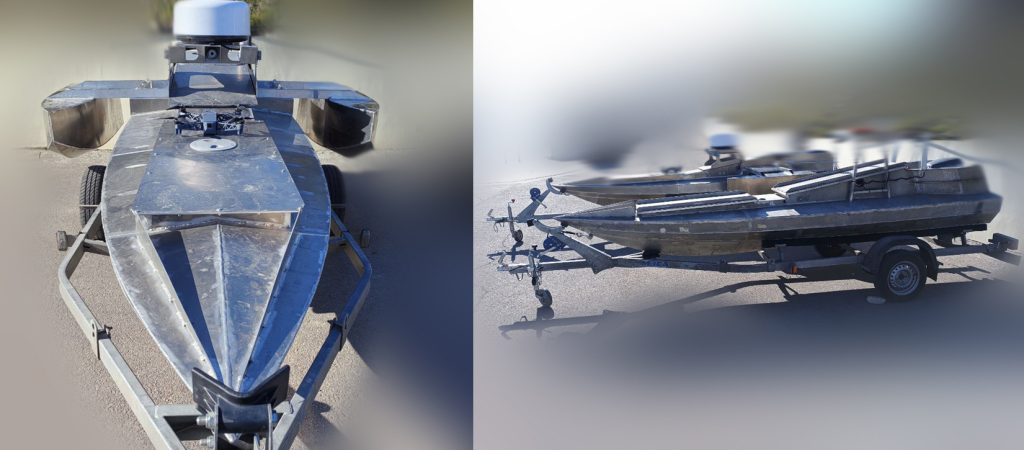
Despite these developments, Katran lacks satellite communication capabilities, unlike Ukrainian sea drones equipped with systems like Starlink. Instead, it relies on radio channels, limiting its operational range and making it susceptible to electronic warfare (EW) systems. The declared control range is 100–200 km, possibly extended through a network of relays.
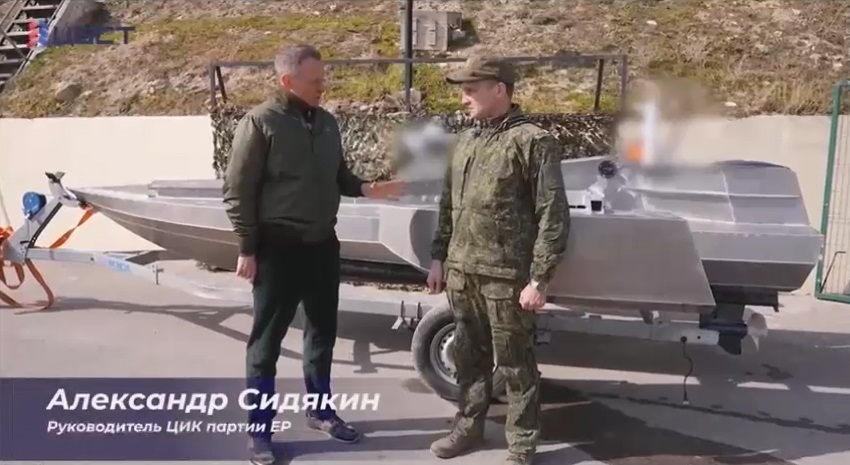
Given these limitations, russian Katran may pose a threat to coastal targets such as the Odesa city only if deployed from positions within its operational range. However, its reliance on radio communication makes it vulnerable to EW countermeasures, suggesting that Ukraine deploying EW systems along the coast or on airborne unmanned platforms could effectively neutralize this threat.
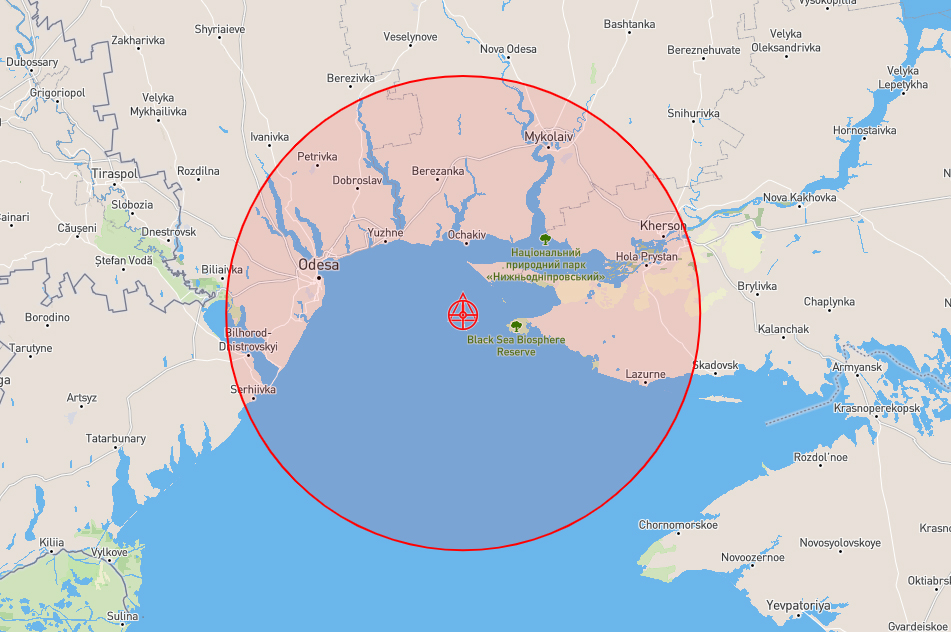
Read more: What Makes New russian 80-km Autonomous Strike Drone Even More Dangerous Than Lancets




